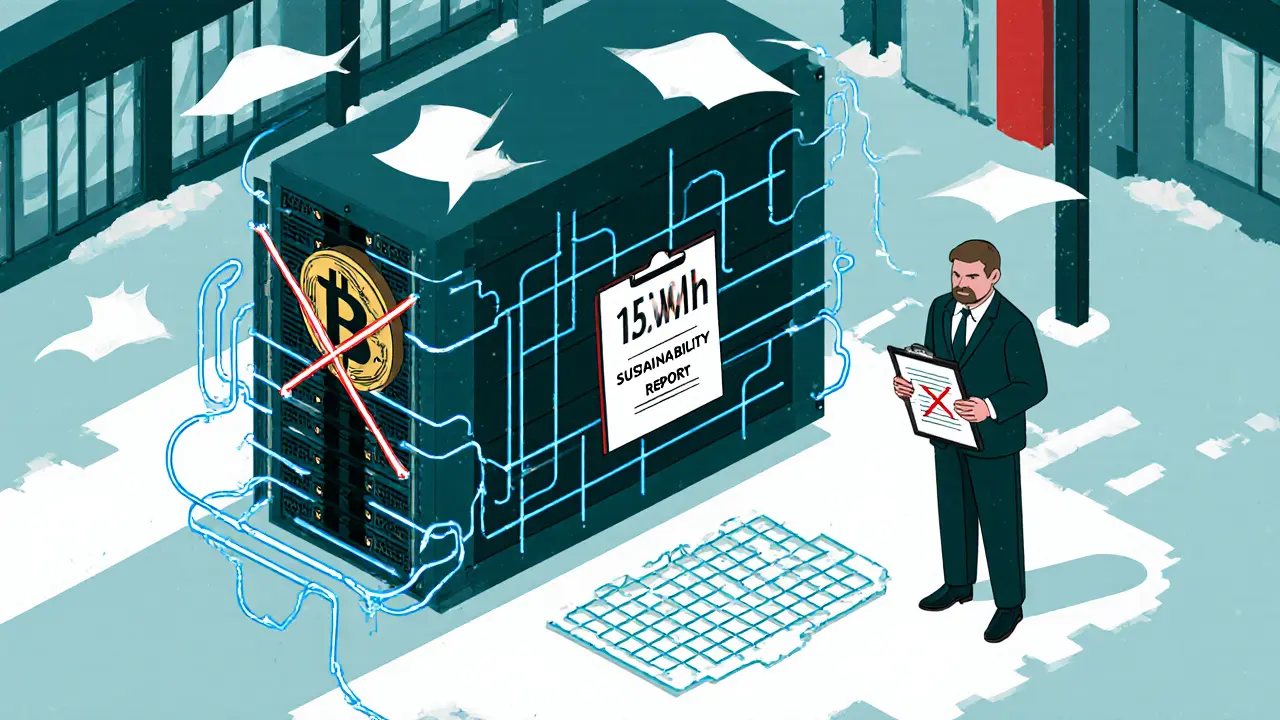Bitcoin environmental impact: Why it matters and what’s being done
When you hear about the Bitcoin environmental impact, the total energy consumed by the Bitcoin network to secure transactions and mine new coins. Also known as Bitcoin energy use, it’s often cited as a major flaw—but the full picture is more complex than headlines suggest. Every Bitcoin transaction isn’t a power guzzler on its own. The real drain comes from the global network of machines racing to solve cryptographic puzzles, a process called Proof of Work, the consensus mechanism that secures Bitcoin by requiring computational effort to validate blocks. This system was designed to be expensive to attack, not efficient to run. And yes, that cost shows up on the grid.
But here’s what most people miss: Bitcoin mining isn’t stuck in coal-fired power plants. A 2023 study from the Cambridge Centre for Alternative Finance found that over 50% of Bitcoin mining runs on renewable or low-carbon sources—mostly hydro, wind, and stranded gas. Miners don’t care where the power comes from, only that it’s cheap and reliable. That means they set up near dams in Canada, geothermal vents in Iceland, or flared gas sites in Texas. They’re not green activists—they’re economic opportunists. And that’s actually helping reduce waste. In places where energy would’ve been burned off for no reason, Bitcoin miners are turning it into value.
Still, the scale is huge. Bitcoin uses more electricity than most countries—about 120 terawatt-hours a year, close to the entire annual usage of Argentina. That’s not trivial. And while renewables are growing in the mix, the sheer volume means emissions are still significant, especially when new miners join from regions still reliant on coal. The crypto mining emissions, the carbon footprint generated by the hardware and energy used to validate blockchain transactions aren’t going away overnight. But they’re being challenged—not just by activists, but by the market itself. Newer blockchains like Ethereum switched to Proof of Stake, slashing energy use by 99.9%. That put pressure on Bitcoin to adapt or justify its model. And it’s responding: mining hardware is getting more efficient, and more miners are signing long-term renewable contracts.
So what does this mean for you? If you’re holding Bitcoin, understanding its environmental footprint isn’t just about ethics—it’s about risk. Regulatory pressure is rising. Countries like El Salvador embraced it, but others, like China, shut it down completely. Investors are asking: Is this sustainable long-term? The answer isn’t yes or no. It’s evolving. The network is becoming more efficient, more flexible, and more tied to clean energy sources—not because it wants to be green, but because it has to be profitable.
Below, you’ll find real case studies, breakdowns of mining locations, and analyses of how Bitcoin’s energy use compares to other industries. No fluff. Just facts, data, and the quiet shift happening beneath the noise.
Environmental Concerns Drive Sweden’s Strict Crypto Mining Restrictions
Sweden is tightening regulations on crypto mining due to its high energy use, pushing miners to relocate or switch to greener models. While not banned, mining now faces strict transparency rules and banking barriers.
learn more